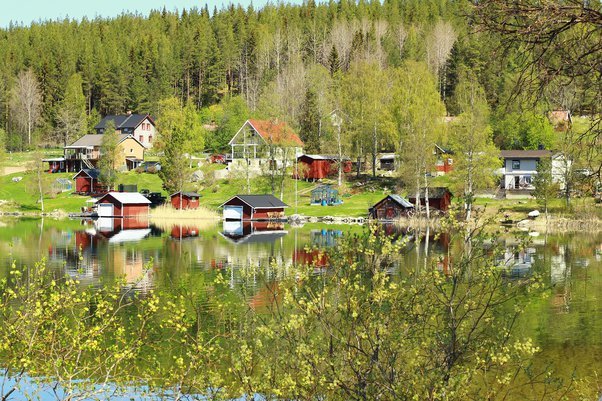
I might have a few ideas there as a crazy and wild photographer who frequently has people drooling over his photographs.
Since I was 12, I've been capturing images with cameras that were somewhat above average, but not by much.
My first camera was a Zeiss Contarex, which my grandfather had given me, and when things turned digital in earnest, I made do for years with cheap point-and-shoot cameras from Fuji and Samsung until returning to SLR land with a tiny Canon EOS 4000d. Nonetheless, I believe that the quality of my photos has consistently increased over time, even when I was using cameras that cost less than $100.
I experimented with a variety of technology, including macro lenses, 800 mm tele lenses, fish eyes, and tripods for night photography. But it seems to me that the actual appeal of my images only really took off when I was using much more simple cameras, and I'm currently refurnishing my photo case with cameras that don't have zoom lenses and are basically just honest, straight little things with huge image sensors and clear, light catching lenses, because at the end of the day, that's all one real thing.
Perhaps what I've learnt from that is that you have to work within the constraints of the technology you have, but it doesn't have to be cutting-edge technology to produce good photography.
Of course, I could go on and on about light and shade, motion and repetition, and so on, but any good photography book will tell you these things anyway.
The following is what I can suggest:
1.Pay attention to the verticals and horizontals. At least one of the two must line up with the frame of your photograph. This creates a sense of calm and steadiness in the image.
2.Include shadows in your composition as though they were objects. A shadow can often take on an unusual shape. Don't sever it.
3.Dare to place the focal point off-center. That adorable kitten doesn't have to be in the exact center of your image. Especially if you can incorporate something else in the photo to help complete the story, such as a flower vase or whatever else is there.
4.regardless of the object, notice the beauty of colors, light, and shade. A dump full with shredded cardboard boxes? Good! Snap, snap, snap. Beautiful.
5.Know how to use your machine. Images that are blurred, bright, or dark are as damaging to a decent photograph as spelling errors are to writing.
6.Ensure that your camera is appropriately calibrated. Many cameras have default settings that don't produce very good results. My Canons have been extensively tweaked, and I always make sure the colors are vivid, the sharpness is increased, and the contrast is somewhat increased.
7.Learn how to edit pictures. Learn how to crop, improve contrast and colors, and more. It's something I don't do very often, although it can be worthwhile in some cases.
Perhaps some examples will be of assistance. These are a few of my photographs; perhaps you'll notice anything I do that I'm not aware of:



